Cell Reproduction -> kinetic friction
Kinetic Friction: Explanation
Kinetic friction refers to the force that opposes the relative motion between two surfaces that are in contact with each other. When an object is moving along a surface, the kinetic friction force acts in the opposite direction to the motion of the object. It arises due to the microscopic irregularities on the surfaces in contact, which interact and resist the motion of the object.
The magnitude of the kinetic friction force can be determined using the formula:
Fk = μk * N
Where:
- Fk is the kinetic friction force
- μk is the coefficient of kinetic friction
- N is the normal force acting on the object
Study Guide: Kinetic Friction
- Definition: Understand the concept of kinetic friction and how it differs from static friction.
- Coefficient of Kinetic Friction: Learn how to calculate the coefficient of kinetic friction for different surface materials.
- Factors Affecting Kinetic Friction: Explore the factors that can affect the magnitude of the kinetic friction force, such as the nature of the surfaces in contact and the normal force.
- Applications: Identify real-world examples where kinetic friction plays a significant role, such as in braking systems, sliding objects, and the motion of vehicles.
- Problem-Solving: Practice solving problems related to kinetic friction using the appropriate formulas and understanding the direction of the friction force.
By mastering the concept of kinetic friction and its related principles, you will be able to understand how forces affect the motion of objects in various scenarios.
.◂Science Worksheets and Study Guides Seventh Grade. Cell Reproduction
Study Guide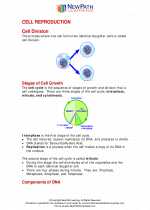 Cell Reproduction
Cell Reproduction  Activity Lesson
Activity Lesson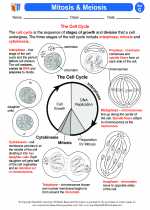 Mitosis & Meiosis
Mitosis & Meiosis  Worksheet/Answer key
Worksheet/Answer key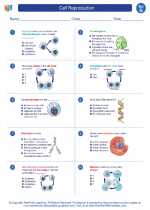 Cell Reproduction
Cell Reproduction  Worksheet/Answer key
Worksheet/Answer key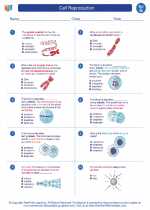 Cell Reproduction
Cell Reproduction  Worksheet/Answer key
Worksheet/Answer key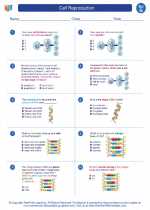 Cell Reproduction
Cell Reproduction  Vocabulary/Answer key
Vocabulary/Answer key Cell Reproduction
Cell Reproduction  Vocabulary/Answer key
Vocabulary/Answer key Cell Reproduction
Cell Reproduction  Vocabulary/Answer key
Vocabulary/Answer key Cell Reproduction
Cell Reproduction  Vocabulary/Answer key
Vocabulary/Answer key Cell Reproduction
Cell Reproduction  Vocabulary/Answer key
Vocabulary/Answer key Cell Reproduction
Cell Reproduction  Vocabulary/Answer key
Vocabulary/Answer key Cell Reproduction
Cell Reproduction  Vocabulary/Answer key
Vocabulary/Answer key Cell Reproduction
Cell Reproduction  Vocabulary/Answer key
Vocabulary/Answer key Cell Reproduction
Cell Reproduction 

 Activity Lesson
Activity Lesson
 Worksheet/Answer key
Worksheet/Answer key
 Worksheet/Answer key
Worksheet/Answer key
 Worksheet/Answer key
Worksheet/Answer key
 Vocabulary/Answer key
Vocabulary/Answer key
 Vocabulary/Answer key
Vocabulary/Answer key
 Vocabulary/Answer key
Vocabulary/Answer key
 Vocabulary/Answer key
Vocabulary/Answer key
 Vocabulary/Answer key
Vocabulary/Answer key
 Vocabulary/Answer key
Vocabulary/Answer key
 Vocabulary/Answer key
Vocabulary/Answer key
 Vocabulary/Answer key
Vocabulary/Answer key

The resources above cover the following skills:
LIFE SCIENCE
From Molecules to Organisms: Structures and Processes
Gather and synthesize information to explain how prokaryotic and eukaryotic cells differ in structure and function, including the methods of asexual and sexual reproduction.